TAIF's unique four-storey car park preparing to open
The underground parking for 957 parking bays will reduce traffic congestion in Kazan centre
The construction of the unique underground four-storey car park located on 86a, Pushkina Street, in the square in front of Kazan National Culture Centre, is coming to an end. The parking is a multi-storey modern architectural construction that's in harmony with existing architectural solutions. Realnoe Vremya tells the details of the ambitious project.
325 cars for hundred of citizens in Kazan
The decision to construct the underground four-storey car park instead of chargeable open parking for 228 cars by TAIF PJSC was made by Tatarstan officials as early as 2014 at a meeting with Tatarstan President Rustam Minnikhanov. According to the integrated road traffic organisation system, which was created then, it was established the traffic congestion would be 75% in the next 3 years with the existing automobilisation growth paces.
Despite the fact that 17 multi-storey and underground parking spaces with a total of more than 6,000 bays have opened in Kazan since 2011, 11 of them with a capacity of more than 4,500 bays are in the centre, there wasn't enough parking. It's no surprise because the General Administration for Traffic Safety says more than 400,000 cars were registered in Kazan. The automobilisation level has doubled in the last 10 years and amounts to 325 cars per a hundred of citizens. In 2015, this indicator was 314 automobiles per a hundred of people.
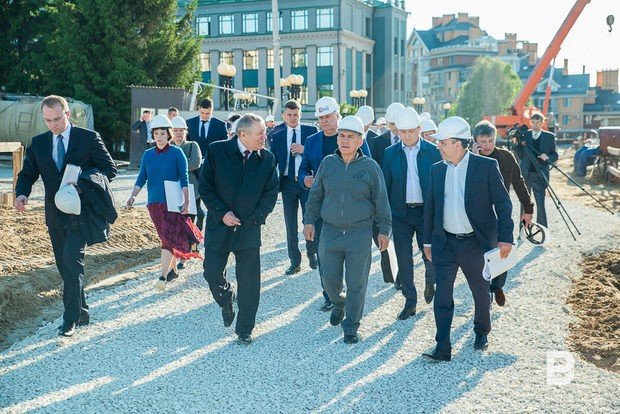
The use of the four-storey underground parking near Kazan National Culture Centre will allow to reduce the traffic congestion in the city centre from spontaneously parked cars, reduce the load on the road network of the centre of Kazan, increase the traffic, improve the ecological situation.
4,500 tonnes of metal used to strengthen the parking pit
The total parking area, in which 957 parking bays are located including 62 bays on the roof, which is used, is 52,868 square metres. Parking bays, technical rooms, stairwells that presuppose distributed exits outside, lifts that are able to carry firefighting divisions are on underground floors -1, -2, -3, -4, a car wash is on the floor -1.
The facility was constructed in restricted conditions: Kazan NCC, the Tatarstan Ministry of Finance and residential houses are in the immediate vicinity of the building. Measures providing the integrity of Khorriyat stele were taken before the construction and assembly work. To exclude the distribution of vibration to the stele from the pile's immersion while strengthening the walls of the parking's foundation pit, 61 jet grouting piles were fixed along it at a depth of 31 metres.
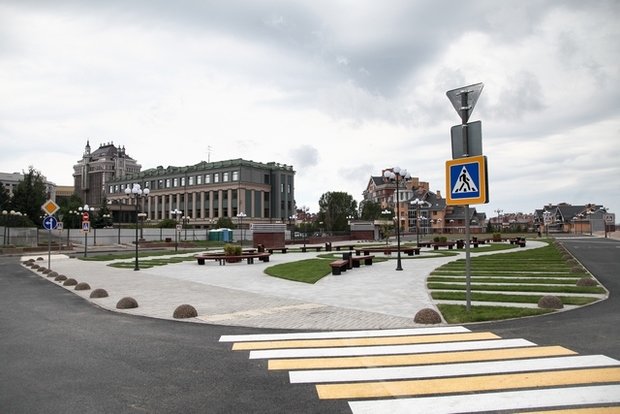
The foundation pit was dug by excavators at four levels simultaneously: the bottom soil was thrown to the next levels. 180,000 cubic metres of soil have been dug, supports made of pipes that are 1,2 metres in diameter and 40 metres in length were fixed. 6,800 tonnes of metal were used to fix the metal piles to strengthen the pit's walls.
The parking's construction technology is similar to the technology used in metro station construction. The difference is that the width of the passenger shelter in the metro is 25 metres, while the parking's width is 40 metres and is 270 metres in length. Tatinvestgrazhdanproyect SUE was the designer of the parking, Tatnefteprovodstroy PJSC is the contractor general.
Car wash for two and jet ventilation
The construction began in autumn 2016. At this moment, the improvement of the open part of the parking is finished. Marking is placed in the underground parking starting with the lowest floors, road signs are put, the equipment responsible for the parking's automatisation or, more precisely, a screen that will indicate the number of free bays on the floor and automate parking payment system, is installed.
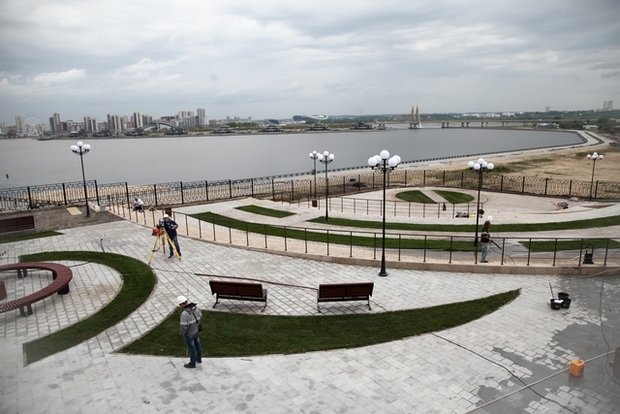
The parking's roof, which is used, and the adjacent territory are also supposed to be improved. The open territory is relatively divided into two functional zones – a parking zone and walking zone. The open level is designed for parking for disabled people's cars and excursion buses. The walking zone has an amphitheatre that offers a panoramic view on Millennium Bridge and the Kazan River's right bank.
The parking is equipped with general ventilation, which is unique for the Republic of Tatarstan, a jet ventilation system, which became a standard technical solution in European countries due to the absence of aerodynamic losses in ventilation ducts and safety enhancement in emergency situations, which allows to reach a total reduction of average annual operational costs by up to 40% in comparison with traditional channel systems.
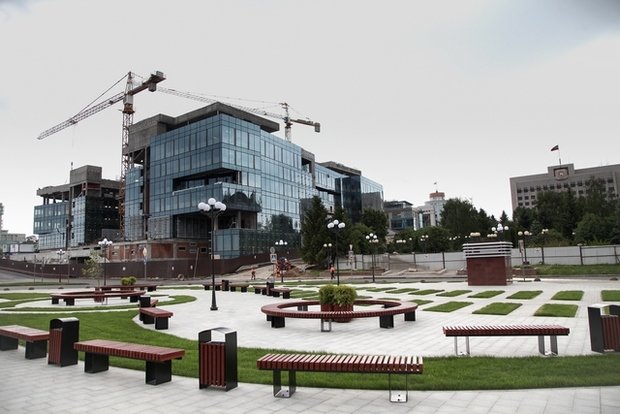
If needed, a smog-free zone is created next to evacuation exists at all levels of the building, what, undoubtedly, meets high safety requirements of the facility located underground.
Electric heating of ramps at the entrance and exit of cars, which will enable to prevent icing in winter, will provide comfort and safety to potential users. The parking is also equipped with eight charging stations for e-cars with two charging points.
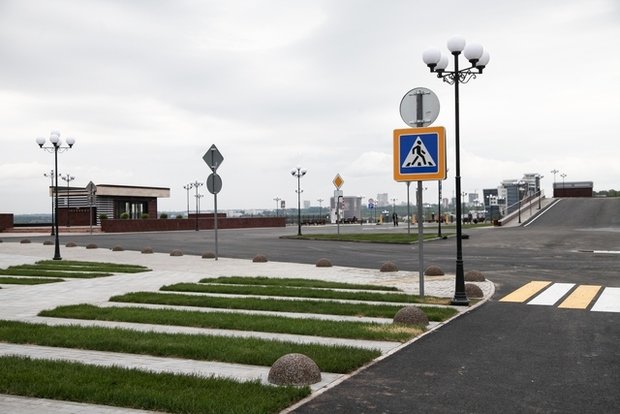
The opening of the four-storey car park will considerably reduce traffic congestion in the centre of Kazan by adding 957 parking bays to the total number of municipal parking spaces.
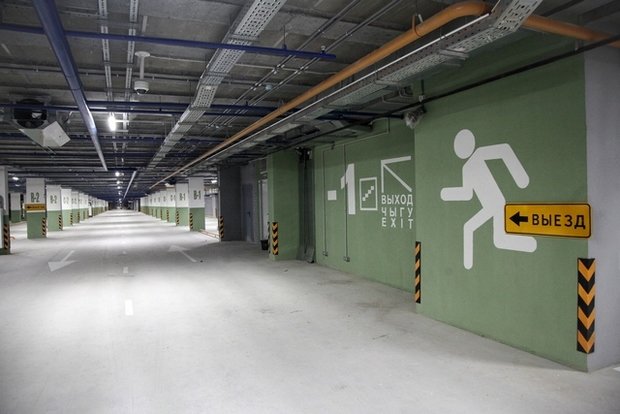
Nowadays the integrated road traffic organisation system of Kazan recommends to increase the number of chargeable parking spaces within the Small Kazan Ring to 6,500 until 2020. 1,760 parking bays will appear in the capital of Tatarstan in 2018 besides TAIF's parking.